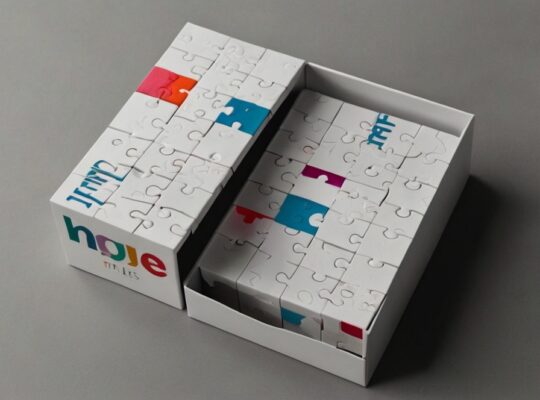Introduction
The digital age has changed the way people play games. From casual mobile apps to online puzzles, entertainment has gone global. Among these modern hits, one puzzle game has quietly built a passionate following — Letter Boxed. Featured in the Letter Boxed NYT collection of brain teasers, it challenges players to connect letters and form words in creative ways.
But what makes it so special? And how has it developed into a cultural phenomenon like Wordle or the New York Times crossword? Let’s dive into the rise of Letter Boxed and understand its impact on puzzle lovers around the world.
The Birth of Letter Boxed NYT
The New York Times Games section has long been the home of intellectual fun. Famous for its iconic crossword, the NYT expanded into new puzzles such as Spelling Bee, Wordle, and now Letter Boxed NYT.
What sets it apart is its minimalism. You don’t need massive grids, long clues, or trivia knowledge. All you need are 12 letters, a square, and your brainpower. This simplicity made it instantly appealing, especially for mobile and online players.
How It Works
In Letter Boxed, the rules are simple yet engaging:
- You’re given 12 letters around the edges of a square.
- You must connect letters across different sides to form words.
- Each word must begin with the last letter of the previous word.
- The objective is to use all letters in the smallest number of words possible.
This design forces players to balance creativity with planning. Unlike guessing in Wordle, here you’re building a chain of connected ideas.
Why Players Love Letter Boxed
There are several reasons why Letter Boxed NYT has exploded in popularity:
- Accessibility: Anyone with a smartphone can play it in seconds.
- Mental Workout: It tests vocabulary and quick thinking.
- Daily Challenge: Like crosswords, it provides fresh content every day.
- Social Element: Players love sharing their solutions online.
For many, it’s the perfect brain teaser to play during breaks, commutes, or late-night relaxation.
Common Strategies
Even though the game looks simple, mastering it requires strategy. Expert players often:
- Plan Chains in Advance: Thinking of how one word connects to the next is crucial.
- Prioritize Rare Letters: Hard letters like Q, Z, or X should be used first.
- Build Long Words: Longer words reduce the number of steps needed.
- Practice Word Families: Learning sets of related words makes it easier to connect ideas.
The Role of Letter Boxed Solver
For beginners, the puzzle can be tough. That’s where a letter boxed solver comes in. These tools allow you to enter the letters of your puzzle, and they suggest possible solutions.
Benefits include:
- Discovering new words.
- Learning faster solving techniques.
- Gaining insights into efficient letter usage.
However, players are encouraged to use solvers as learning aids rather than cheats. The real joy of Letter Boxed comes from the “aha!” moment of solving it yourself.
Letter Boxed in Puzzle Culture
The rise of Letter Boxed has made it a standout in puzzle culture. Just as Wordle became a viral sensation, Letter Boxed is growing into a staple of daily wordplay. Forums, social media groups, and even YouTube channels are dedicated to analyzing strategies.
For the New York Times, this is a sign of success — proving that puzzles can evolve and thrive in the digital age.
Comparison With Other Puzzles
When compared to Wordle or Spelling Bee, Letter Boxed NYT stands out because:
- It doesn’t rely on hidden words but instead on player creativity.
- There isn’t just one solution; there are multiple valid answers.
- It encourages players to think like word architects, constructing entire chains.
This freedom is what makes it endlessly replayable.
Educational Benefits
Beyond entertainment, Letter Boxed offers cognitive benefits:
- Expands vocabulary.
- Improves problem-solving skills.
- Enhances memory and focus.
- Encourages pattern recognition.
Teachers and parents are even recommending it to students as a fun way to practice language skills.
Conclusion
In the world of word puzzles, Letter Boxed NYT has carved out its place as a modern favorite. With its innovative design, global reach, and addictive charm, it has become a daily ritual for thousands of players.
Whether you’re solving casually or chasing the perfect two-word solution, Letter Boxed will keep testing your skills. And if you ever get stuck, a letter boxed solver can provide valuable insights to help you grow.
So the next time you open your phone for a brain workout, don’t just scroll — try Letter Boxed, and experience why it’s quickly becoming one of the best puzzles of our time.






